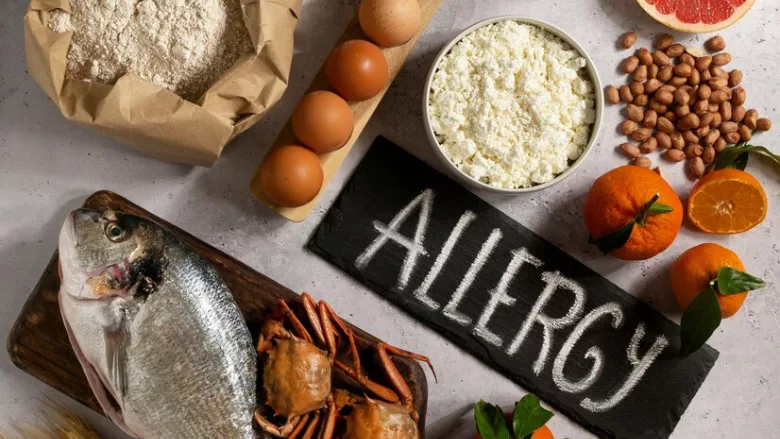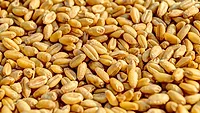BIZTRACKS
Allergen Bureau Transitions to VITAL 4.0 Standard for Precautionary Allergen Labeling

Image credit: Freepik
Providing food manufacturers with a standardized methodology for determining whether precautionary allergen labeling (PAL) is appropriate for their products, the Allergen Bureau has introduced the latest version of its risk assessment tool, Voluntary Incidental Trace Allergen Labeling (VITAL®) 4.0.
The VITAL Program was established in 2007. It serves as a supplementary certification program for food manufacturers that are already certified to Global Food Safety Initiative (GFSI)-recognized food safety schemes that include allergen management.
The VITAL PAL statement for cross-contact allergens, which reads as “May be present: allergen ‘x,’ allergen ‘y,’” indicates a defined level of risk based upon scientific principles. By means of an interactive VITAL Action Level grid, action level concentrations are calculated using the reference dose and a reference amount specific to a food. The reference doses are the scientific basis of the VITAL Program, informing the appropriateness of PAL in foods that contain food allergen residues via cross-contamination.
The VITAL Program and reference doses have been subjected to extensive peer review, most recently by the Joint Food and Agriculture Organization of the United Nations (FAO)/World Health Organization (WHO) Expert Consultation on Risk Assessment of Food Allergens (JECRA), which endorsed the science and recommended Codex Alimentarius adoption.
The most crucial change in the updated VITAL 4.0 standard is the adoption of ED05 –based reference doses, per JECRA recommendations. ED05 refers to the dose of the total allergen protein that is predicted to produce objective symptoms in 5 percent of the allergic population. Other updates in VITAL 4.0 include:
- Legislated European Values (for the Netherlands and Belgium)
- Additional Canadian Jurisdiction
- ED01 (VITAL 3.0) inclusion to the Action Level Grid
- Additional Risk Management Value for Mollusk
- Pop-up reminder for VITAL particulates definition
- Regrouping of tree nuts (to ED05 values)
- Change to ordering of allergens (alphabetical order)
- Default setting for jurisdiction (account owner functionality)
- Amended terminology from “legislation” to “jurisdiction”
- Updated Terms and Conditions.
The Vital 4.0 Summary and FAQ guide, among other VITAL resources, can be viewed here.
Looking for quick answers on food safety topics?
Try Ask FSM, our new smart AI search tool.
Ask FSM →









